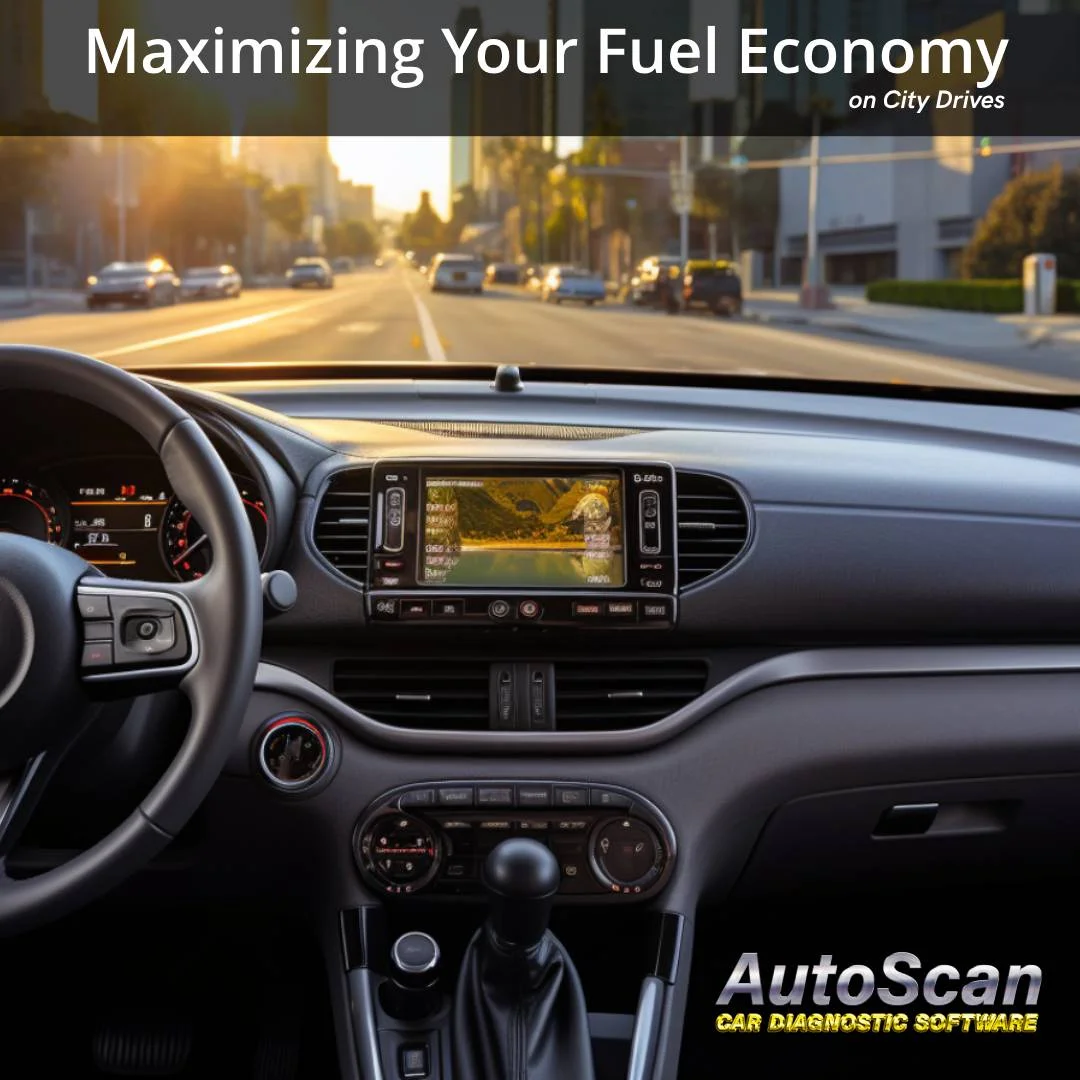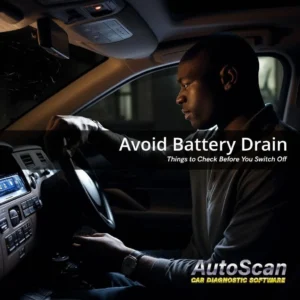Maximizing Your Fuel Economy on City Drives 🚗⛽
Introduction: Urban Driving – A Challenge for Fuel Efficiency
City driving, with its stop-and-go traffic and short trips, often poses challenges to fuel economy. However, with some conscious efforts, you can optimize your fuel consumption even in the busiest urban settings. Here’s how:
1. The Art of Smooth Driving
It’s tempting to accelerate quickly when a traffic light turns green or to brake hard when someone cuts you off. But rapid starts and abrupt stops are fuel guzzlers. Adopting a smoother driving style not only saves gas but also reduces wear and tear on your vehicle.
2. A/C Usage: Balance Comfort with Conservation
While the air conditioner (A/C) can be a savior on hot days, it’s also a significant fuel consumer, especially at lower speeds. If the outside temperature is bearable, consider using the car’s ventilation system instead of the A/C. If you must use the A/C, setting it to a moderate temperature can help conserve fuel.
3. Shed That Extra Weight and Drag
Every extra pound your car carries affects its fuel efficiency. So, if you have unnecessary items in your trunk or back seat, it’s time to declutter. Similarly, accessories like roof racks, when not in use, increase aerodynamic drag, further reducing your miles per gallon (MPG). Consider removing them when they’re not needed.
4. Tire Pressure: The Silent Fuel Saver
Properly inflated tires reduce rolling resistance, which means your engine doesn’t have to work as hard. Check your tire pressure regularly, and ensure it matches the manufacturer’s recommendation. This simple act can have a noticeable impact on fuel consumption.
5. Idle Thoughts: Turning Off When You’re Not Moving
Whether you’re waiting for someone or stuck in a long traffic jam, consider turning off your engine if you expect to be stationary for more than a minute. Extended idling consumes fuel and contributes to pollution.
Conclusion
Urban driving presents its own set of challenges for fuel economy. However, by adopting these tips and driving with an efficiency-first mindset, you can get the most out of every drop of fuel. After all, every bit saved adds up, benefitting both your wallet and the environment.
FAQs:
- How much fuel does idling consume?
The exact amount varies by vehicle, but it’s generally estimated that idling consumes about half a gallon to a gallon of fuel per hour, depending on the engine size and A/C usage. - How much can I improve my fuel efficiency with these tips?
While individual results may vary, implementing these tips can lead to noticeable savings over time, especially with consistent city driving. - Are there any apps or tools that can help monitor fuel efficiency?
Yes, many modern vehicles come with built-in fuel efficiency monitors. Additionally, several mobile apps can track your driving habits and provide insights into improving fuel economy. - Does driving in eco-mode help?
If your car has an eco-mode, it’s designed to optimize various vehicle systems for better fuel efficiency, especially useful in city settings.





